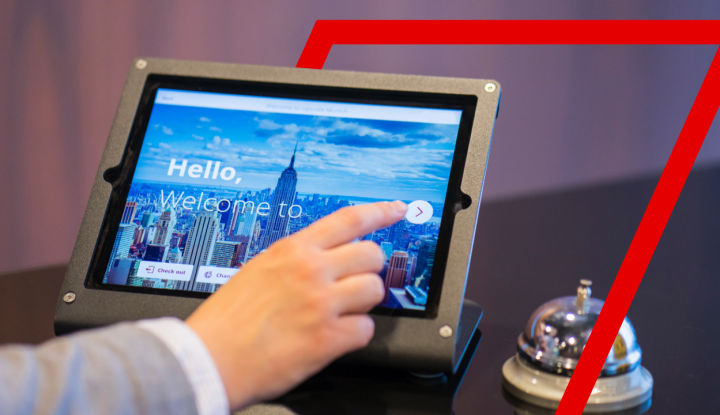“In addition to the selection, flavor profile and management of food costs, airlines must manage great logistical complexity. It’s not simple to prepare the required products at the right time in the correct quantities and move them to the correct flight. The average flight from the U.S. to Australia sees 15,000+ components. If there is a single missing item — for instance forks — it can make for a very long and uncomfortable flight!”Over the years, technology has facilitated more effective management of the catering process, from software that tracks individual deliveries to catering automation hardware that moves physical goods through stages, such as ware-washing and fulfillment. Technology delivers a consistent traveler experience by moving goods to the departure airport in order to make each flight fulfilling. In addition to back-end technology, airlines are now using traveler-facing software to allow passengers to pre-book specific meal selections beyond the traditional request for vegetarian or kosher meals. This ensures that a desired entrée is available while also empowering the traveler to craft her own personalized experience. The most sophisticated example of this is Singapore Airline’s food personalization program Book the Cook. First, business and premium-economy passengers can pre-order a menu of their choosing. This deep personalization improves the traveler experience while distinguishing the airline from its competition. Other airlines, such as Emirates, craft elegant and memorable experiences for passengers – especially those up front in the premium cabins. No detail is left to chance, with the entire food experience orchestrated down to the last grain. For those curious about the inter-workings of airline food facilities, we’ve compiled a few videos that, quite literally, show how the sausage is made.
Article
A day in the life of global airline catering
We must be hungry – it’s all about food this week: first, the elevation of airline food across the industry and now the operational nitty-gritty on how airlines orchestrate the seeming chaos of global catering.
Airlines are masters of complexity, delivering logistical excellence across an impressive number of areas. It’s almost hard to believe that such an interconnected system spanning airports, airlines and countries can function at all.
One area of mastery is without a doubt food and beverage. Airline F&B teams must coordinate a long list of incoming vendors, manage countless deliveries and then move food, beverage and all the supporting infrastructure through the facility – all the while complying with relevant food safety policies. Not to mention creating an experience that satisfies passengers, often on grueling long-haul flights.
Ron Smalley, Sabre’s Solution Manager for Inflight explains just how enormous these operations are:







